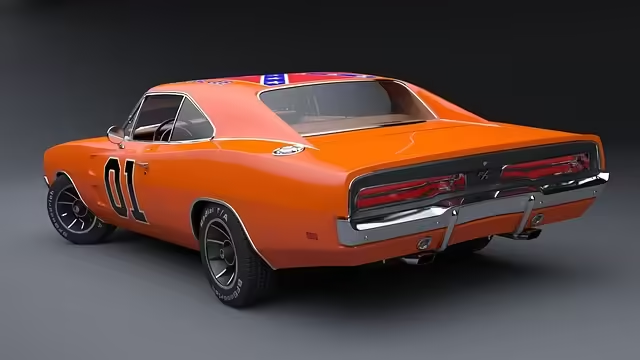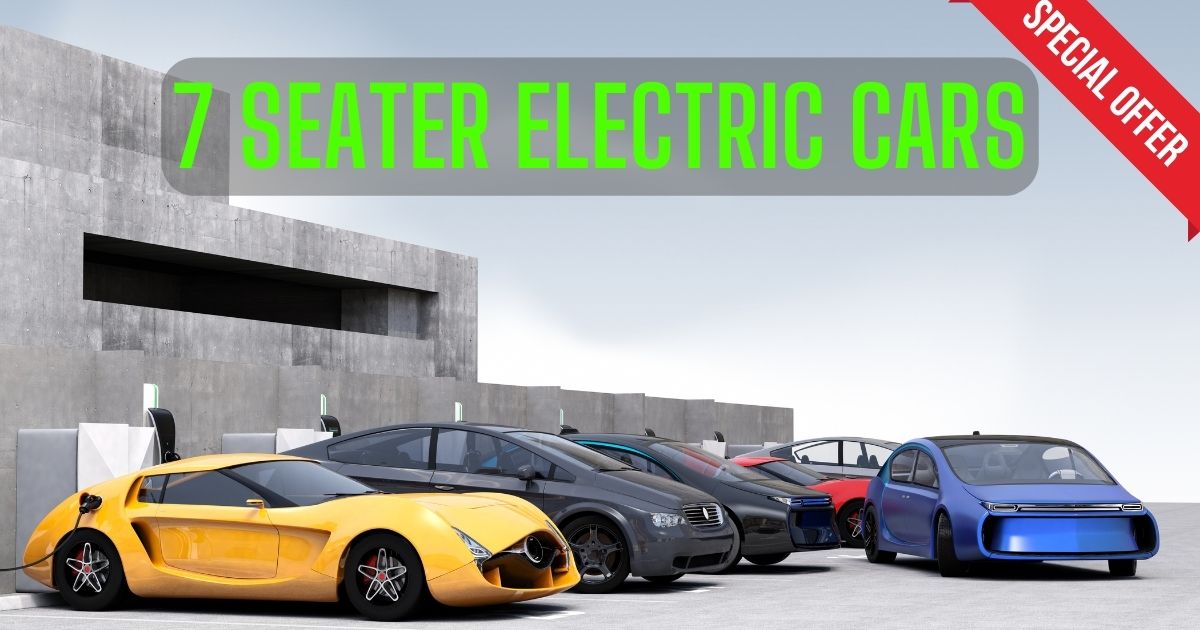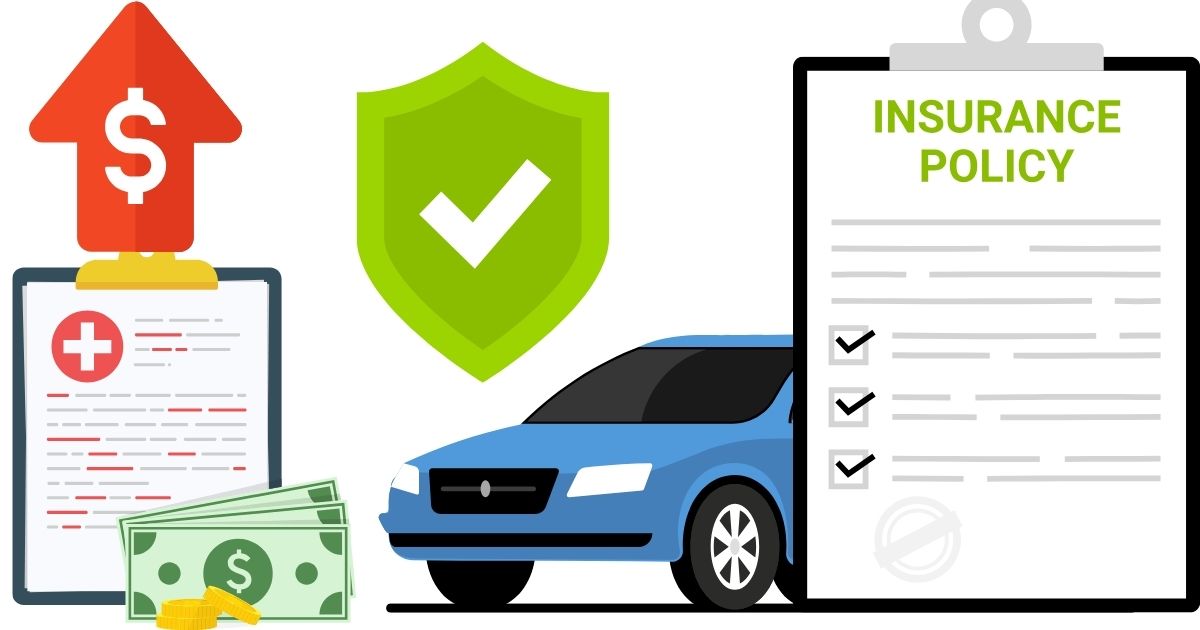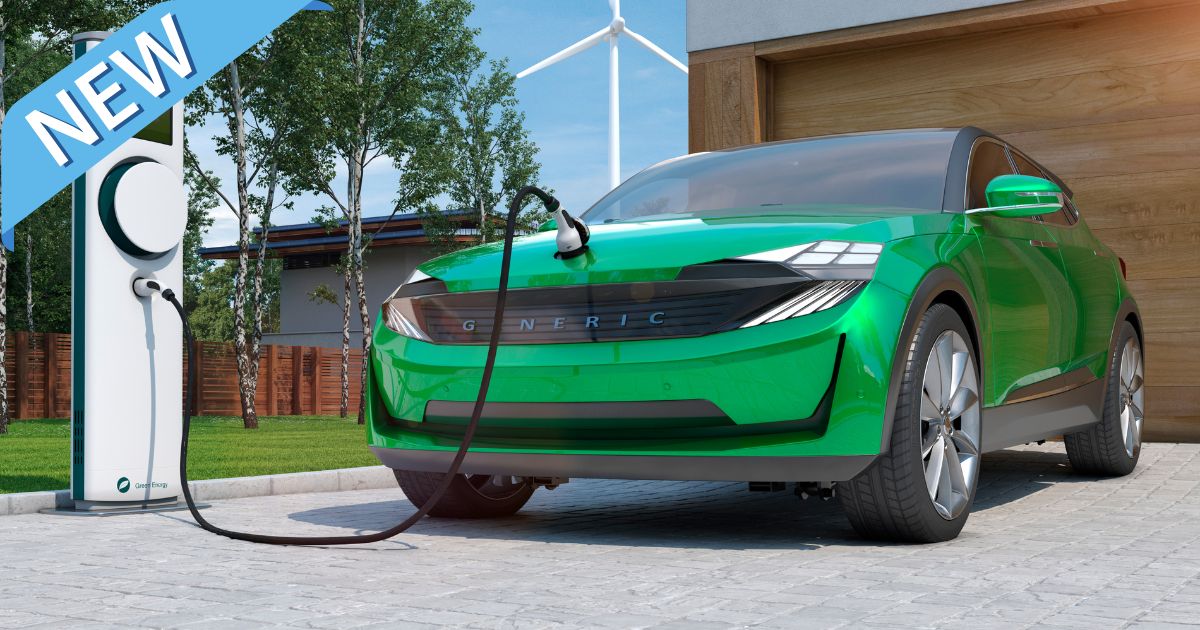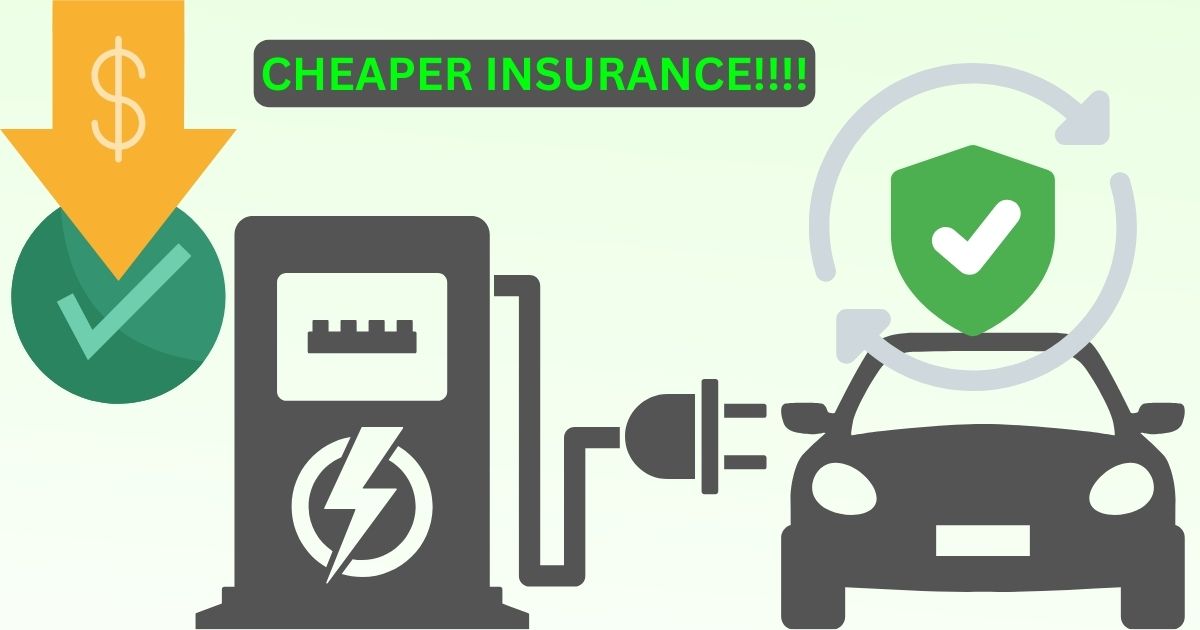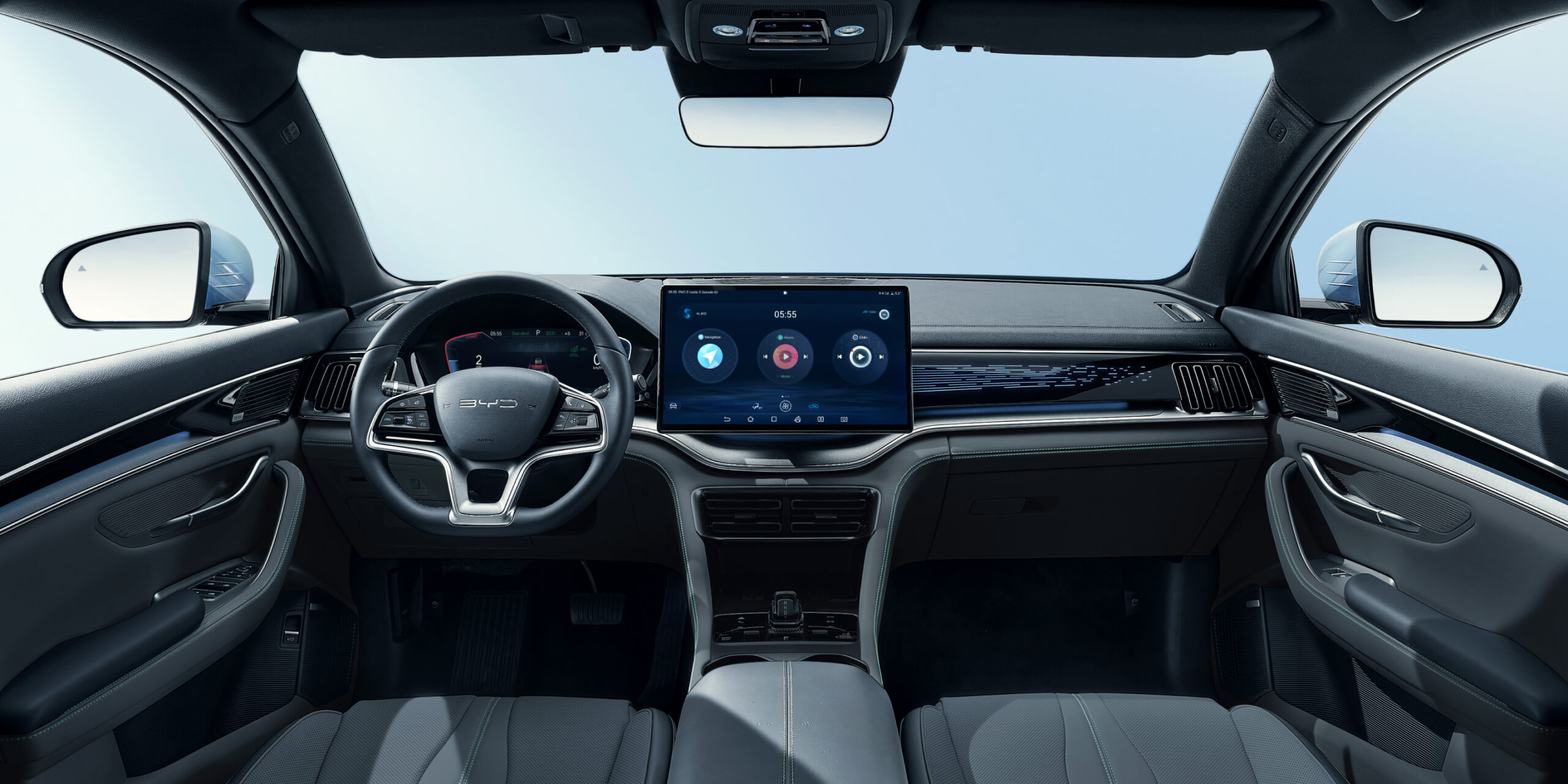Do Electric Vehicles Have Transmissions?
Introduction
EVs are regarded as more sustainable transport means that are gradually being adopted by society. As they appeared many people are wondering how they operate particularly speaking about mechanical aspects. One common question is: Do electric vehicles have transmissions? Some electric cars feature a transmission while others do not because the method of operation can differ a lot among the types and makes of electric cars. In this article, this topic will be explored and further knowledge regarding EV transmissions and their workings as well as the general outlook for them will be discussed.
Understanding Transmissions in Traditional Vehicles
What is a Transmission?
A transmission is a major part in ICE tradition vehicles, although power transmission is variable speed in recent models. It is involved with the transmission of power from the engines to the wheels thus enabling the vehicle to run. Transmissions help in regulating the speeds with regards to the power of the engine thus enabling the vehicle to perform at its best at various speeds.
Types of Transmissions in ICE Vehicles
- Manual Transmission: Mention the specific effect on the driver forcing him/her to shift gear by the use off clutch pedal and gear stick.
- Automatic Transmission: It shifts gears precisely depends on car speed as well as the amount of load that the engine is working on at a certain time.
- Continuously Variable Transmission (CVT): Runs on the concept of Pulley and belt drive mechanism to give a smooth continuum of Ratio drive.
The Mechanics of Electric Vehicles
Basic Components of an Electric Vehicle
Choice of electric vehicle is very different since components of electric vehicle are not the same as the ICE vehicles.
- Electric Motor: Translates electrical energy into mechanical energy so as to move the wheels.
- Battery Pack: They trans store electrical energy that is used to run the motor.
- Inverter: Translates direct current (DC) from the battery to an alternating current (the AC used by the motor).
- Controller: Controls power of the battery and distributes it to the motor.
How Electric Motors Differ from Internal Combustion Engines
Therefore electric motors does not function in the same way as internal combustion engines do. Electric motors in contrast to ICEs hence rely on electromagnetic field to create power rather than a sequence of explosions. This differential creation leads to the electric motors providing an immediate torque and devoid of suffering any leakage in their operation at different speeds.
Do Electric Vehicles Have Transmissions?
Direct Answer
Yes, the electric vehicles do incorporate transmission , but it is unlike that of the conventional internal combustion engine vehicles. The present generation of EVs has relatively simple and lightweight single-speed transmissions that are far more effective than multi-speed ICE car transmissions.
Single-Speed Transmissions in EVs
Single-speed transmissions are mostly used in EVs since electric motors have versatility in power ranges which does not require gearing system.
Why Most EVs Use Single-Speed Transmissions
Efficiency of Electric Motors
They are efficient across a broad speed range, and for this reason, they are applied within the greater number of uses. Another invention over ICEs is that electric motors have a high usable power range while not shifting gears very often.
Torque Characteristics of Electric Motors
DC motors are enthusiastic at startup since electric motors deliver the highest amount of torque when they are stationary. This characteristic does away with the need for additional gears to control the amount of power that is to be delivered.
Simplicity and Reliability
Multi speed transmission is different from single speed transmission in the following ways; Single speed transmission has got lesser parts to move compared to multi speed transmissions. It minimizes mechanical problems that are likely to occur in complex machines, thus decreasing maintenance expenses.
Exceptions to the Rule: Multi-Speed Transmissions in EVs
Examples of EVs with Multi-Speed Transmissions
Most car makers have adopted use of single speed transmission although a few models of EV cars have coupled their motors using multi-speed transmissions.
- Porsche Taycan: Equipped with two speed gear box to ensure enhanced acceleration and high speed.”
- Audi e-tron GT: Like in the case of BMW it also uses a two-speed transmission for the same reason.
Reasons for Using Multi-Speed Transmissions
Multi-speed transmissions in these models help optimize performance. There are therefore more gears for improving the chances of picking up at low speeds and for improving the streaming at high speeds.
Benefits and Drawbacks
- Benefits: Higher performance, in fact acceleration and improved efficiency when speeds are raised.
- Drawbacks: More internal parts added to the mechanical structure which results in higher price, and possibly, in more frequent servicing.
The Future of EV Transmissions
Potential Advancements
We may also note, that in the future the further steps in the development of EV technology can promote changes in the systems of transmission. Currently researchers are focusing on possibilities of manufacturing multiple speed gearboxes for electric vehicles and how to have the ease of a single gear transmission and the beneficence of the multiple speed one.
Research and Development
The manufacturers and researchers have spent their efforts to enhance the transmission system of the EVs. Such initiatives are made mainly to improve the ultimate goal, productivity, effectiveness, and quality of the drive.
Predictions
There is a possibility of use of single speed as well as multi-speed transmissions in the future depending with the intended use and performance criteria of the EV.
Advantages of Single-Speed Transmissions in EVs
Simplified Design and Fewer Moving Parts
Single-speed transmission provides fewer problems in terms of mechanical failures, and fewer components that could wear out.
Lower Maintenance Requirements
Single-stage systems therefore have lesser components which means that they are less likely to break down and need repair and servicing hence comprising lesser ownership cost than multi-speed systems.
Improved Efficiency and Performance
Electric motors are highly efficient and mingled with the relatively uncomplicated single-speed transmission, delivers a very pleasant response for driving.
Challenges and Considerations
Situations Where Multi-Speed Transmissions Might Be Beneficial
Some of the applications for multi-speed transmissions include high performance vehicles such as sports cars and heavy duty types of applications where multi-speed transmission brings about enhanced rate of acceleration and higher efficiency at high speeds.
Potential Challenges
Introduction of multi-speed transmissions in EVs have some difficulties such as; Incorporation of more extensive mechanical mechanism, higher costs, and dependability problems.
Conclusion
Concisely therefore electric vehicles also do have transmissions though they are single speed systems which are different to those of many-speed transmissions of the conventional ICE vehicles. Due to the differences in revolutions per minute revolutions and other factors, single-speed transmissions are found to be very effective, easy to design as well as more reliable for most EVs.
Though, with the continual enhancements of technology, providers might introduce the multi-sped transmissions particularly in high-performance and specialized EVs. This therefore implies that the consumer should be aware of these changes in order that they should make the right decision when purchasing their next car.
FAQs
Do all electric vehicles have single-speed transmissions?
Not all electric cars are with single-speed transmissions, while some electric cars like Porsche Taycan and Audi e-tron GT consists of multi-speed transmissions for enhanced performance.
How does a single-speed transmission affect the driving experience?
Single-speed transmissions are also advantageous in driving, as electric motor deliver instant torque and a stable output power.
Are there any disadvantages to single-speed transmissions in EVs?
And the only negative is that single-speeds may not be as efficient than the multi-speed in high speed control. One-speed may be beautifully designed for most of the conditions we can face in everyday traffic driving.
Will multi-speed transmissions become more common in future EVs?
In the future as more features are developed in the technology, there is likelihood of using more of multi-speed transmissions especially in high performance and specialized electric vehicles. But single-speed transmissions will continue to dominate the market of electric cars mainly because of their effectiveness and uncomplicated structure.
